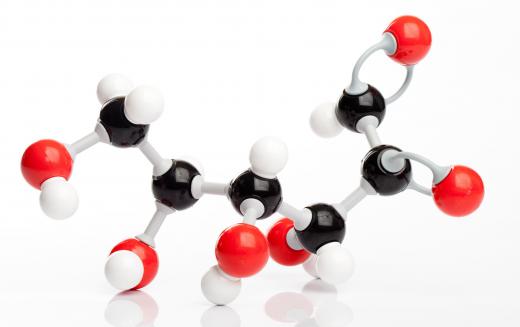What Is Anaerobic Respiration?
In biology, anaerobic respiration is the metabolic process through which cells produce chemical energy without using oxygen. It is a type of cellular respiration, an essential part of metabolism and the source of all the growth, reproduction, and repair that happens in cells. Glycolysis, which converts sugar into energy molecules, is the main type of anaerobic pathway found in most organisms. Anaerobic metabolism facilitates important chemical exchanges between organisms and the environment, like the nitrogen cycle.
All living organisms use energy to power their growth and reproduction. Cellular respiration is a type of cellular metabolism that extracts biochemical energy from various nutritive chemicals and converts it into ATP, the universal energy transfer molecule. Anaerobic respiration is the kind of cellular respiration occurring in cells that do not use molecules of oxygen in their metabolism. The primary chemical pathway of anaerobic respiration — apart from extreme metal-ingesting bacteria — is glycolysis, which divides a molecule of the simple sugar glucose into two molecules of pyruvic acid, producing two molecules of ATP in the process.

Aerobic respiration — using oxygen — is more common than anaerobic in most higher organisms, which efficiently rely on oxygen for respiration. It produces a lot more ATP — 38 molecules — than does glycolysis, which yields only two. In the earliest periods of the evolution of life on earth, however, there was insufficient oxygen in the atmosphere for cells to metabolize, so they relied on various other molecules to produce energy anaerobically. Primitive organisms, including the oldest surviving bacteria and creatures living in hot springs and on the ocean floor, still rely on this; many of these will die if exposed to oxygen.

Humans and other animals use both aerobic and anaerobic respiration. The latter is important during short bursts of muscular activity, which powers movement using glycolysis and produces lactic acid. If this acid builds up, muscular pain and cramping result. Some yeasts incorporate a special kind of anaerobic respiration — fermentation — into their metabolism. Fermentation digests sugars and yields ethyl alcohol and some gases as a byproduct; this is the reason why bread rises, as biochemical processes in yeast change the chemical reactions in the dough.

The elemental exchanges of nitrogen, sulfur, and carbon on the earth's surface and in the atmosphere are moderated by anaerobic respiration. For instance, proteins and other biologically essential compounds contain a great deal of nitrogen, which is released back into the atmosphere by bacterial anaerobic metabolism. When some bacteria metabolize fuels without oxygen, they also release methane gas. While this function is useful in microbiology and the petroleum industry, the excess production of methane is a problem because it is as a much of a greenhouse gas as is carbon dioxide, linked to climate change.
AS FEATURED ON:
AS FEATURED ON:













Discuss this Article
Post your comments